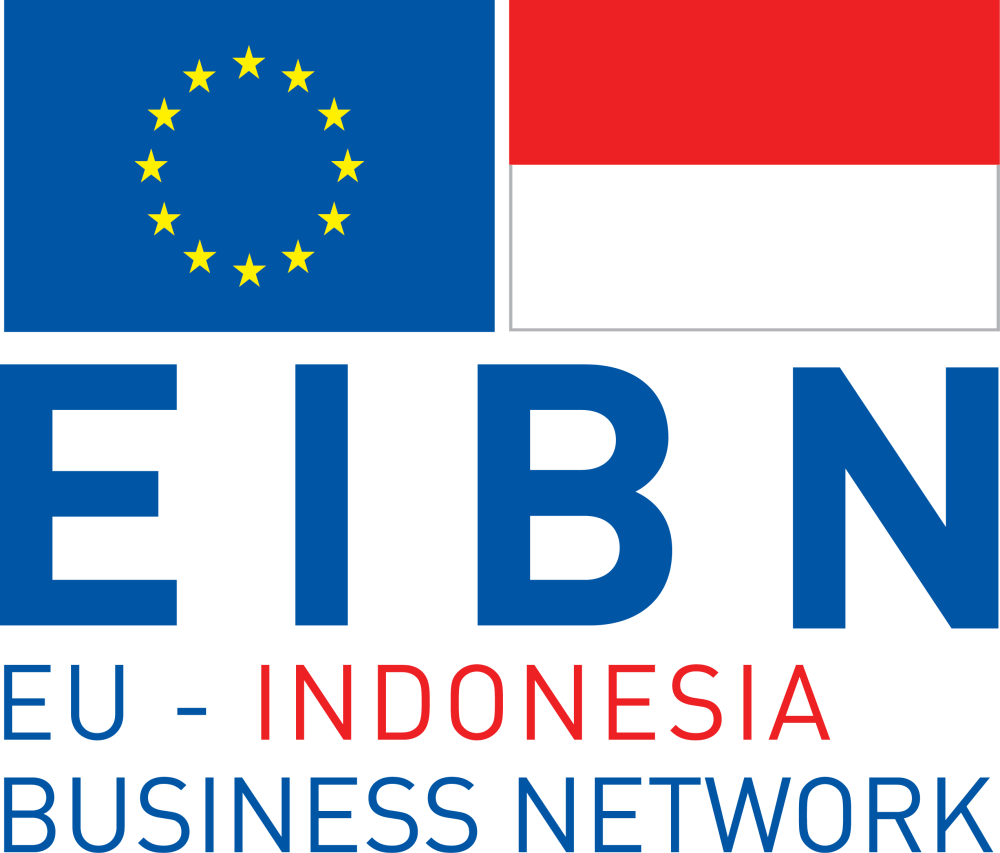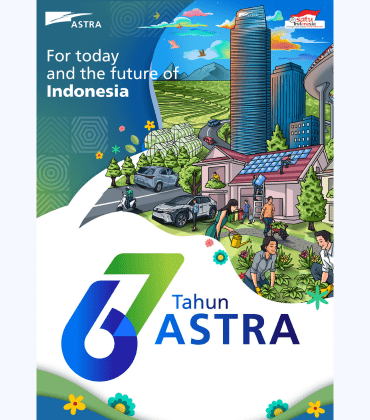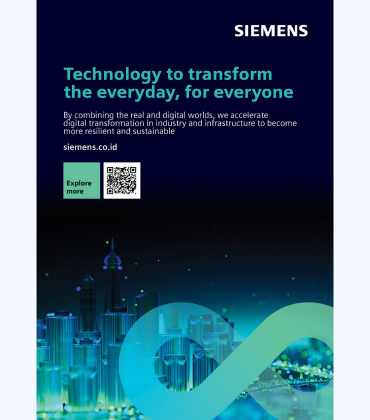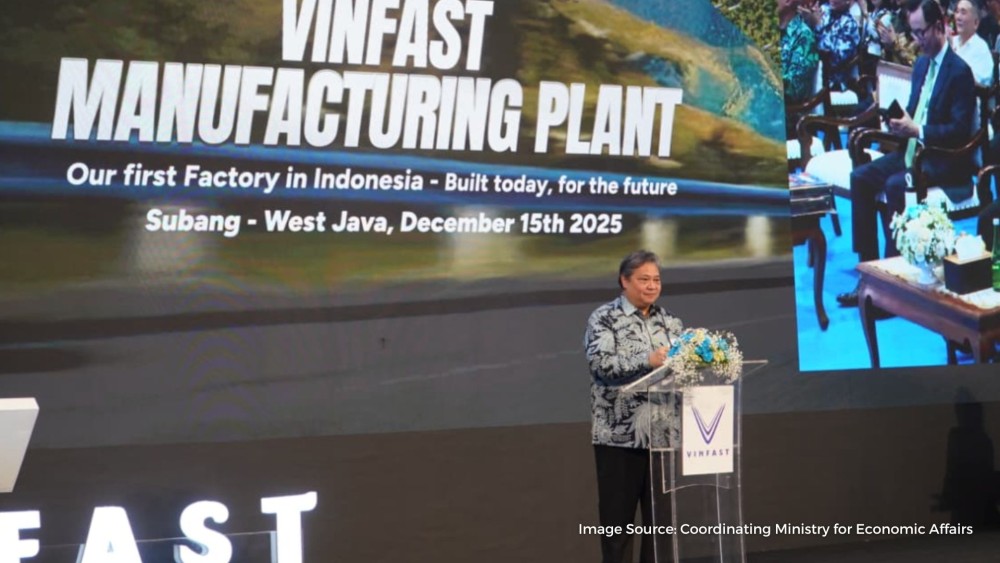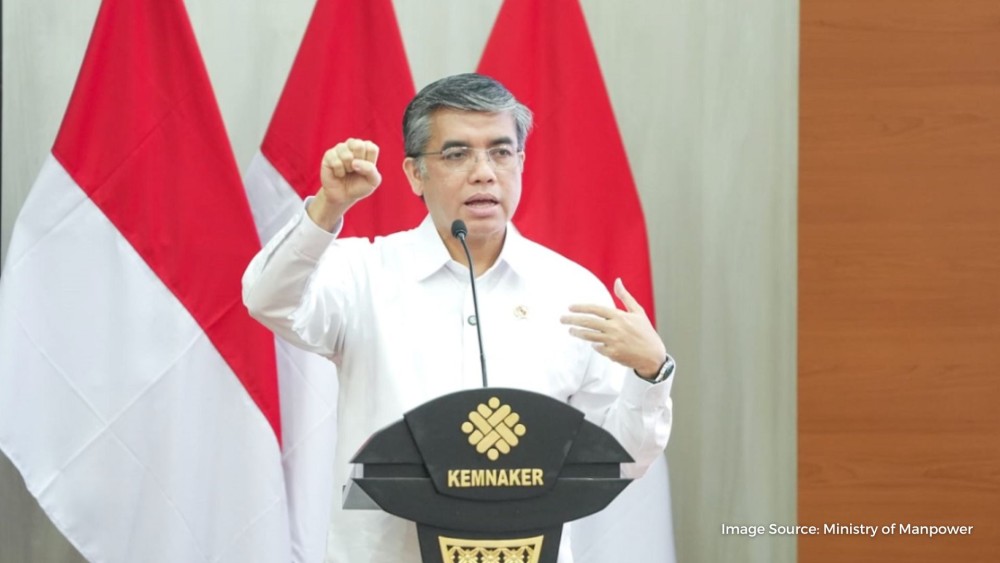Indonesia’s dairy industry had seen market demand rising more than 5.3% annually over the past six years due to changing consumer habits and population growth. In 2011, Indonesia’s estimated per capita milk consumption was only 11.09 liters per annum. However, recent data indicates that Indonesian per capita dairy consumption in 2023 had reached 16.9 kilograms (±16.3 liters) per annum.
That said, on the production side, the majority of Indonesia’s dairy farms are actually small with just two or three cows per farm. These production units are characteristically inefficient, with low productivity and profitability. On average, milk yield is less than 8-12 liters per animal per day, and calving intervals are between 13 and 20 months. If the price of beef is reasonable, these smallholders often prefer to sell their cows for slaughter rather than maintain them for their milk production.
In 2023, only 20% of the raw materials for milk supply were produced locally with the balance being met by foreign imports. Moreover, milk consumption is currently only about 16.3 liters per capita per year, whereas the target for milk consumption in 2025 is 30 liters per capita per year. This consumption is the lowest in South-East Asia. Even in 2019, Brunei Darussalam recorded a per capita milk consumption of 129.1 liters, Malaysia 50.9 liters, and Singapore 46.1 liters per year.
Led by the Ministry of Agriculture, several Indonesian ministries have laid out plans to help boost dairy production. All these plans recognize the need to enhance dairy genetics through live dairy heifer imports. The government also continues to encourage domestic milk processing industries to further increase their commitment to invest, especially in the development of integrated dairy cattle farms in order to reduce dependence on imported milk raw materials.
Ministry of Agriculture Regulation No. 30/2018 on Dairy Provision and Distribution amends the previous regulation from 2017, with a relaxation of requirements for farming and dairy-processing business units. Regulation 26/2017 had mandated that importers establish “partnership agreements” with local entities to procure local milk, invest in local milk production, and/or invest in promoting local fluid milk consumption. However, that revision retained a section on sanctions for failing to comply with the partnership requirement and also included some language that could be interpreted that the partnerships were still required for domestic processors. This second revision eliminates any notion that the partnership agreements are compulsory, deletes mandatory reporting requirements, removes all remaining sanctions associated with non-compliance, and deletes the clause stating that dairy processors must within three years establish their own plants that only procure milk locally.
Not surprisingly, perhaps, this has resulted in a backlash of criticism from the domestic producer organization about rescinding the local purchase and promotion mandate, The Ministry of Agriculture (MOA) has stated publicly that they will continue to “encourage” dairy processors to form partnerships to buy local milk, invest in dairy production and to promote local fluid milk consumption. Meanwhile, the local dairy processors association has stated that although it is no longer mandatory, they will continue to buy milk from local dairy producers, just as they did long before they were required to do so by regulation No. 26/2017 . Nevertheless, this still raises concern among some importers that the MOA does indeed have an implicit requirement that importers must demonstrate they are doing something to promote the local industry as a condition for obtaining a permit to import dairy products.
Indonesian dairy production is also challenged by low productivity and high impact on the environment. In 2016, according to the World Bank’s 2020 “Aspiring Indonesia: Expanding the Middle Class” report, only 52 milion out of 261 million Indonesians were economically secure. Indonesia’s topography of 17,000 islands also contributes to the logistical difficulties in the distribution process. This challenge will become increasingly demanding with a milk consumption target of 30 liters/capita and meat consumption of 3.5 kg/capita by 2025. Nevertheless, this could be an enticing opportunity for the development of the dairy industry.
Another challenge is in reading consumer trends. In 2021, over 85% of the dairy market is dominated by processed milk as opposed to fresh milk, i.e., UHT milk, and that in powdered or sterilized form. Annual consumption of powdered milk is expected to grow by over 7% and sweetened condensed milk average growth is expected to be 4.8% annually. Changes in retail habits and the shift towards modern retailing are opening up further opportunities, although both local and multinational downstream producers face the challenge of adjusting their dairy products to local consumer tastes. For example, the preference for sweet tasting dairy beverages and the addition of more traditional ingredients to cream or cheese-based products such as chili and curry is seeing the production of dairy products that are particular to the Indonesian market. This presents the opportunity for local dairy players to gain an inside track in crafting innovative products and brands, yet the technology, know-how and downstream production facilities remain a hurdle to realizing such potential.
As the largest economy in South-East Asia, having charted impressive economic growth since recovering from the Covid-19 pandemic, Indonesia has seen its GDP per capita has risen, from US$4,334 in the year 2021 to US$4,788 in 2022.
Today, Indonesia is the world’s fourth most populous nation, the 7th largest economy in terms of purchasing power parity, and a member of the G20. An upper middle-income country, Indonesia has made enormous gains in poverty reduction, cutting its poverty rate by more than half since 1999, to a record low of 9.3% in 2022. As South-East Asia’s largest economy, with a GDP of over a 1 trillion US dollars and a population exceeding 278 million in 2023 with rising incomes, analysts predict that Indonesia will emerge as one of the world’s top five markets. Given the country’s large and growing domestic market, as well as competitive labor costs, great opportunity exists in the Indonesian dairy sector.
This content is done in collaboration with:
Business Sectors
